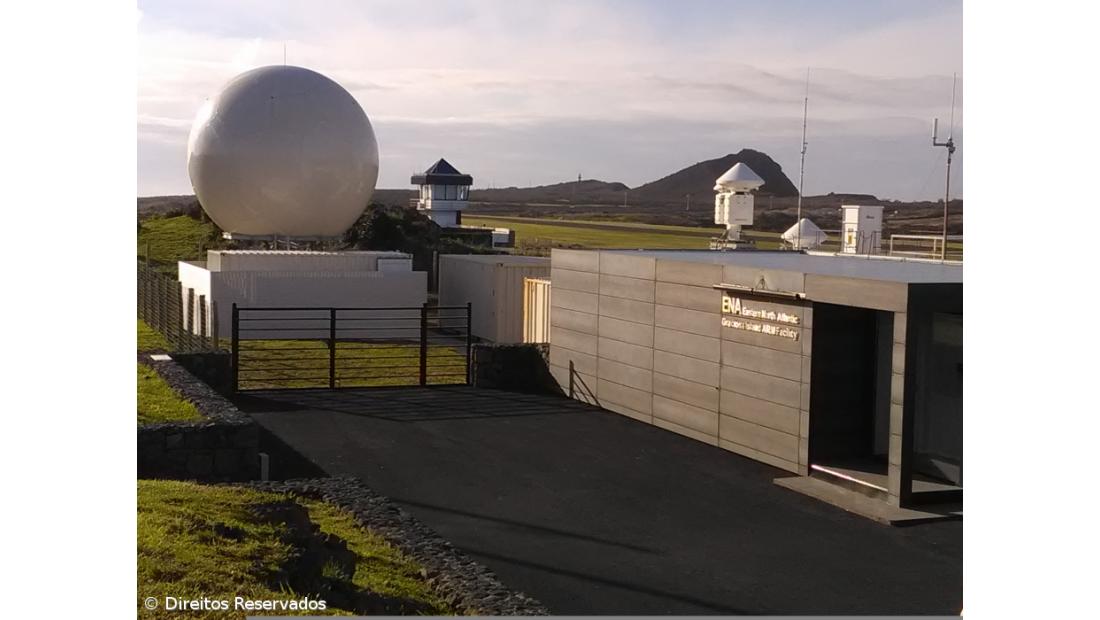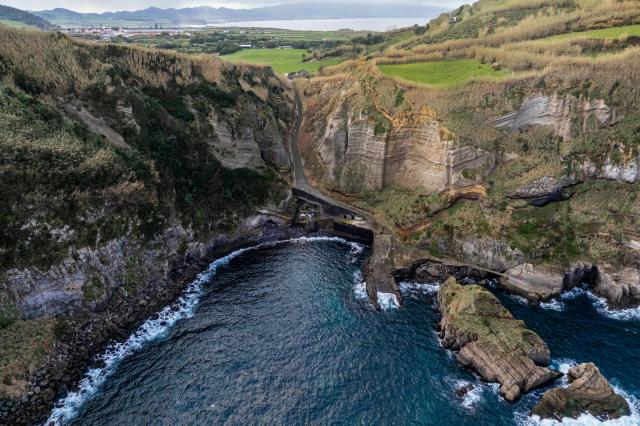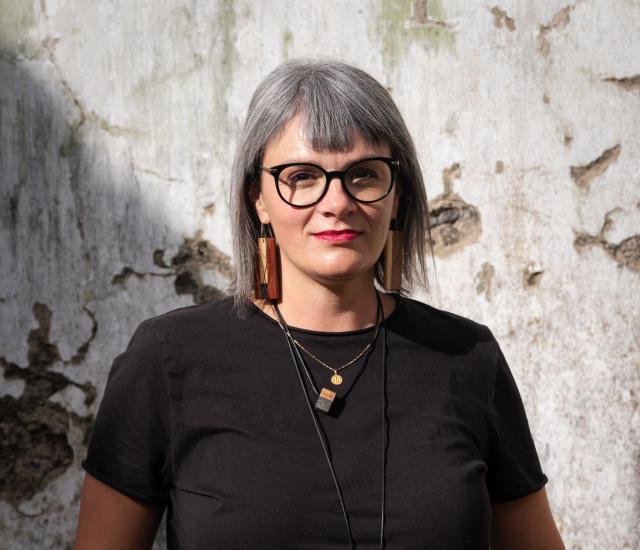The second smallest island in the Azores archipelago is home to a laboratory that goes far beyond the surrounding sea. Created 10 years ago and with its eyes on the sky, the ENA Graciosa Island ARM Facility (international platform for advanced climate studies in the Atlantic) is considered one of the most important laboratories for studying climate and climate change in the Atlantic basin.
This is reflected in the 130 scientific articles published in journals, such as the renowned Nature, based on the data obtained in the last decade of operation, which is part of the interpretative models of the phenomena that underpin weather forecasting and the simulation of our future climate. This is why Eduardo Brito de Azevedo, ENA's project manager, gives a positive assessment, mentioning the words of Corydon Ireland, a researcher at Harvard University, who classified the data collected by ENA as "the world's largest collection of continuous, long-term data on the atmospheric conditions of the Earth's marine mid- latitudes".
For Eduardo Brito de Azevedo, there is no doubt that "ENA is one of the best, longest-running and best-equipped scientific research laboratories on climate and climate change dedicated to ocean/atmosphere interactions that occur in the Atlantic basin, in particular to study the complexity of the phenomena associated with the present and future generation of clouds which, as we know, largely control the planetary energy balance".
But how did ENA come about and why in Graciosa? Because of the island's location, in the center of the North Atlantic, and because it is a small, low-altitude island, which reduces interference with the processes it is intended to measure.
After a period (2009-2010) in which atmospheric radiation data was collected by a mobile device at the Graciosa aerodrome, the idea took off.
"Based on the success of this first campaign and following a proposal from the then Climate Center of the University of the Azores, it was decided to extend the experiment by installing permanent infrastructures that would allow for the collection of longer climatological series, a fundamental condition in the field of climate studies," explains the researcher. This is how the station came to be, which is now part of the in frastructure of the international ARM (Atmospheric Radiation Measurement) program, promoted by the US Department of Energy's Office of Science, "which aims to study relevant parameters for improving climate modelling in different geographical frameworks, in particular the modelling of the Earth's future climate".
The ENA project is submitted to the Los Alamos National Laboratory, an infrastructure known for having been founded during World War II for the Manhattan Project (where the atomic bomb was tested), is supported by the Regional Government of the Azores and the Municipality of Santa Cruz da Graciosa, and is operationalized through the Gaspar Frutuoso Foundation, by the Climate Group of the IITAA of the University of the Azores, which integrates different lines of research.
ENA is made up of a group of technicians of "exceptional capacity", recruited locally, and who, in addition to ENA Graciosa, provide assistance to the different stations of the ARM program, from the North Pole to Antarctica.
Eduardo Brito de Azevedo stresses the importance of the Azores in the field of climatology and meteorology, due to its geographical location in the context of atmospheric and oceanic circulation. This, combined with the technology installed on the island of Graciosa, means that we can look forward to the next decade.
"Based on the normal scientific indicators in these circumstances, namely the number of publications and their impact factor, as well as the international interest in this platform for the development of various scientific projects, we are confident that ENA will remain on Graciosa Island for many years to come". Not least because, in addition to the lines of research already carried out, the station's potential is "very far from being finished", he adds.









